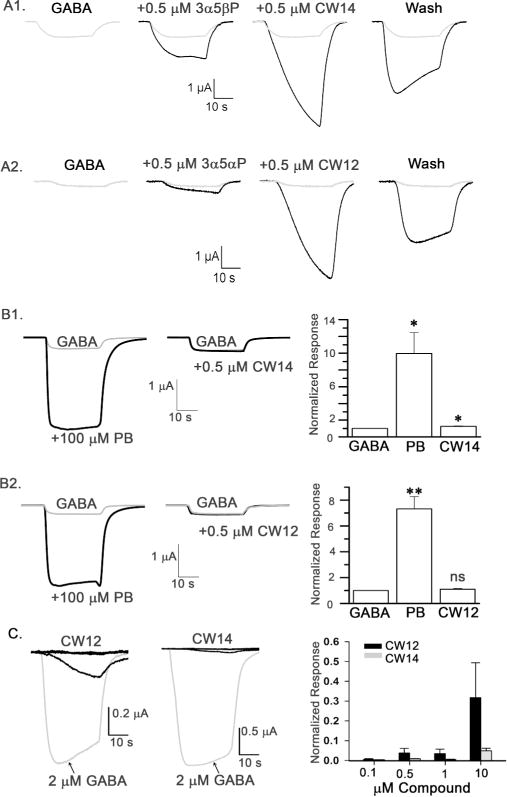Figure 3. CW14 and CW12 modulate GABAA receptor function.

A. CW14 and CW12 potentiate GABA-elicited currents in Xenopus laevis oocytes expressing α1β2γ2 GABAA receptors. Representative traces of currents elicited by 2 μM GABA in the absence and presence of 0.5 μM pregnanolone (3α5βP) and CW14 (panel A1), or 0.5 μM allopregnanolone (3α5αP) and CW12 (panel A2). Membrane potential was −70 mV. B. CW14 and CW12 have minimal effect on GABA-induced currents in oocytes expressing α1(Q241L)β2γ2L GABAA receptors. Representative traces of currents elicited by 0.2 μM GABA in the absence and presence of 100 μM pentobarbital (PB, positive control) and 0.5 μM CW14 (panel B1) or 100 μM PB and 0.5 μM CW12 (panel B2). Summary graphs (right) show the effects (mean ± SEM) of PB and CW14 of (panel B1; n =5 oocytes) or PB and CW12 (panel B2; n =4 oocytes) relative to the current produced by 0.2 μM GABA alone. * = P< 0.05 compared to GABA alone; **P< 0.01 compared to GABA alone; ns = not significant compared to GABA alone. C. Direct activation of GABAA receptors by CW12 and CW14 in oocytes expressing α1β2γ2L GABAA receptors. Representative traces (left) of currents elicited by 0.1, 0.5, 1.0 and 10 μM CW12 and CW14 or 2 μM GABA (grey trace). Bar graph shows concentration-dependent activation of current by CW12 and CW14 (n=4 for each concentration) expressed as a fraction of the current elicited by 2 μM GABA.
